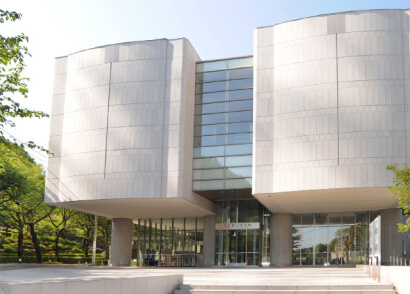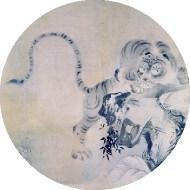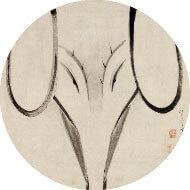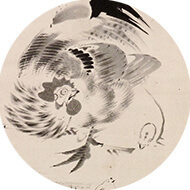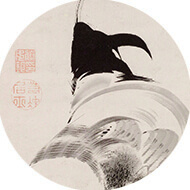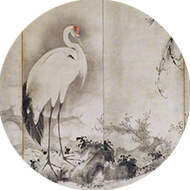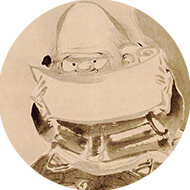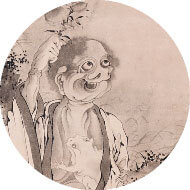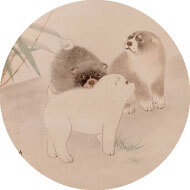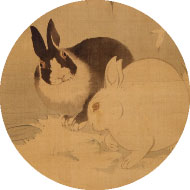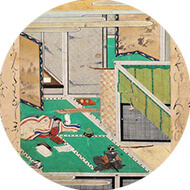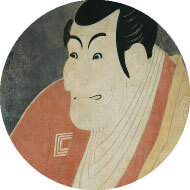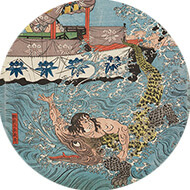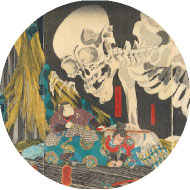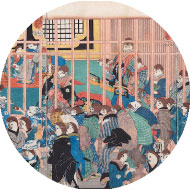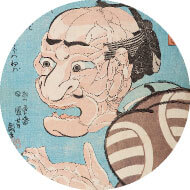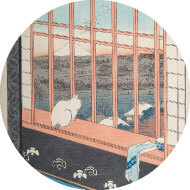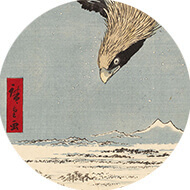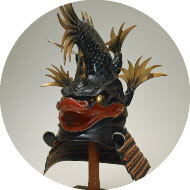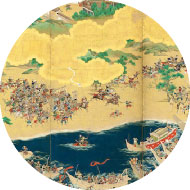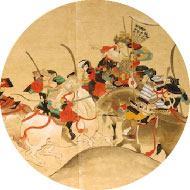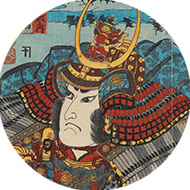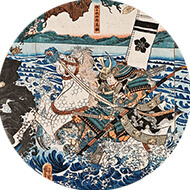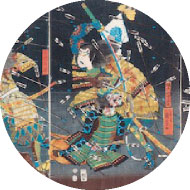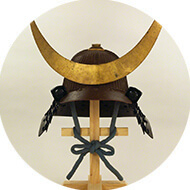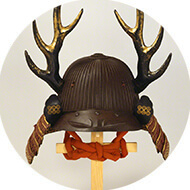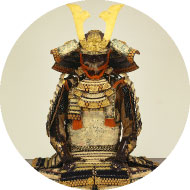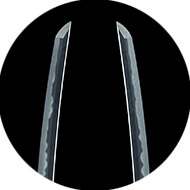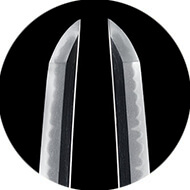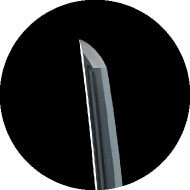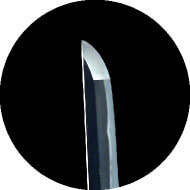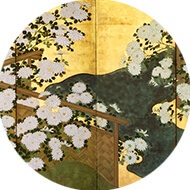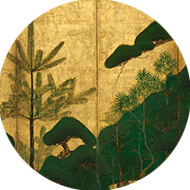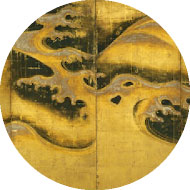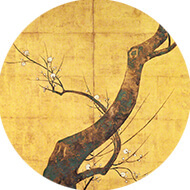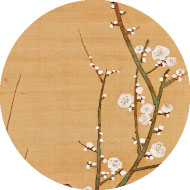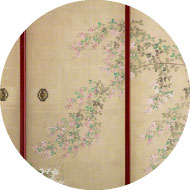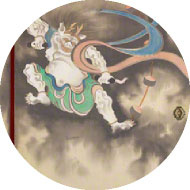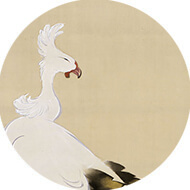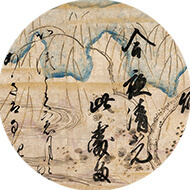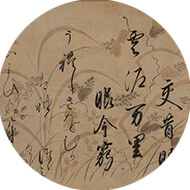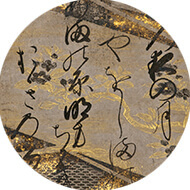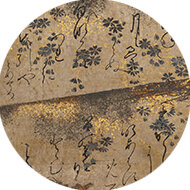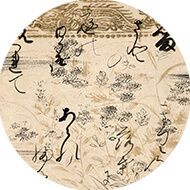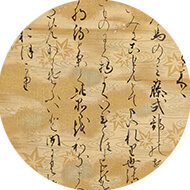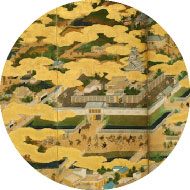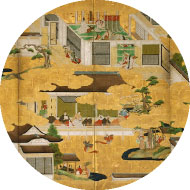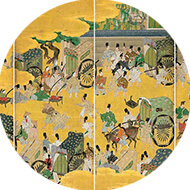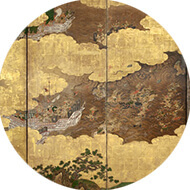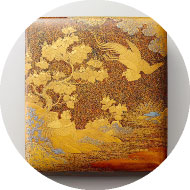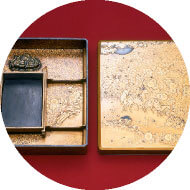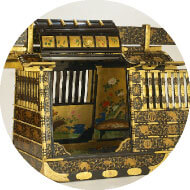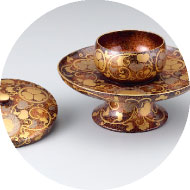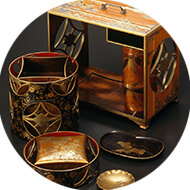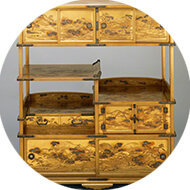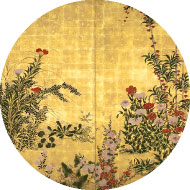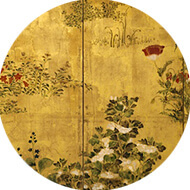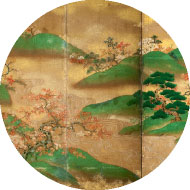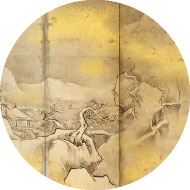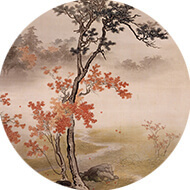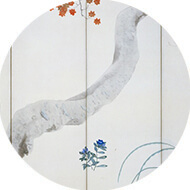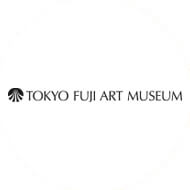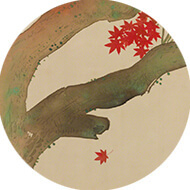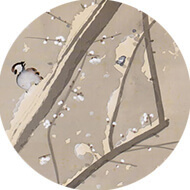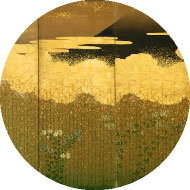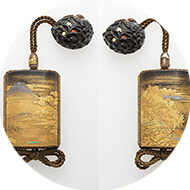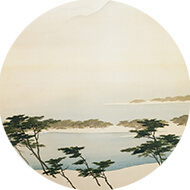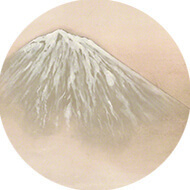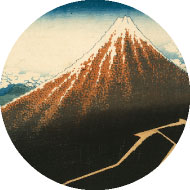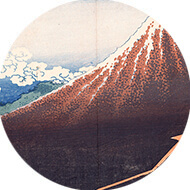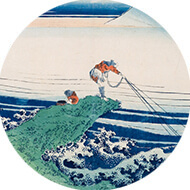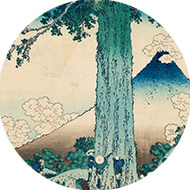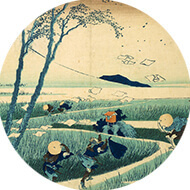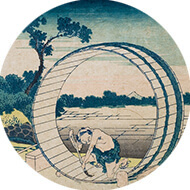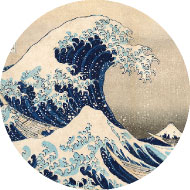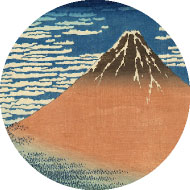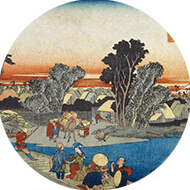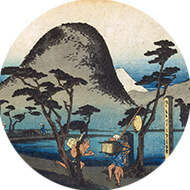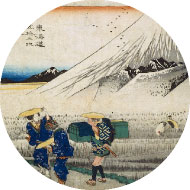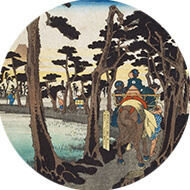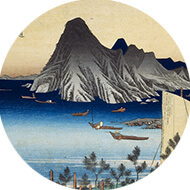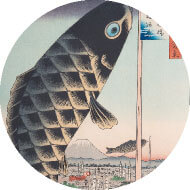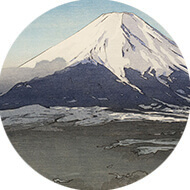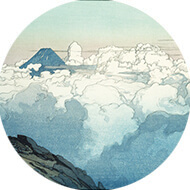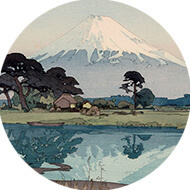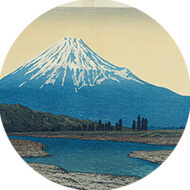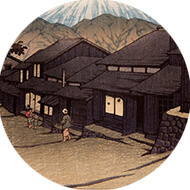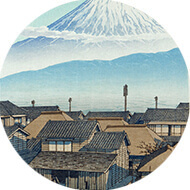Jakuchu, Shohaku, Hokusai, and Hiroshige are gathering together!: From ukiyo-e prints to Japanese swords.
In way of commemorating the 25th General Conference in Kyoto of the International Conference of Museums (ICOM) held in September 2019, “This Is Japan In Kyoto From The Tokyo Fuji Art Museum Collection” opened at The Museum of Kyoto, an exhibition that drew widespread acclaim not only from viewers from Japan but also from abroad who visited the nation’s most iconic city. And now, the exhibition, which featured masterpieces of Japanese art meticulously selected from our collection, has returned to our home facility in Hachioji, Tokyo, and renamed “This Is Japan In Tokyo.”
Our collection of Japanese art comprises various works ranging from the Heian Period (794-1185) to the contemporary era. This exhibition enables visitors to engage with and enjoy the quintessential aesthetic and rich diversity of Japanese culture spawned over a millennium by superb artists and artisans. The exhibition is organized into themes based on keywords specific to Japanese art, such as samurai, design, gold, four seasons, Mt. Fuji, and even kawaii (adorable). Through all told, 93 paintings, ukiyo-e woodblock prints, lacquerware, katana swords, and samurai armor, the exhibition provides visitors with a magnificent opportunity to be exposed to the richness of Japanese art, as well as to grasp the diversity of Japanese history and culture.
At the request of governments and cultural agencies worldwide, TFAM has developed and organized numerous exhibitions on Japanese art and culture at 24 venues in 15 countries and one region to date. “This Is Japan In Tokyo” unquestionably stands amongst the most salient of these. It will be a real pleasure if this exhibition provides visitors with an extraordinary opportunity to engage Japanese art and history that is as immersive as it is extensive and informative.
First period:September 1st to October 18th
Second period:October 20th to November 29th
"Kawaii" Japan
Motifs in Japanese art often appear very cute from our contemporary point of view. For instance, Maruyama Okyo’s puppies and Nagasawa Rosetsu’s rabbits spark the cuteness that attracts us with their adorable appearance. On the other hand, Soga Shohaku’s sages or Toshusai Sharaku’s figures can be characterized by eccentric distortion, which may give the viewers an impression of ‘creepy cute,’ a kind of cute where the creepiness or weirdness of the motif ultimately makes it somewhat cute. Latent ambiguity attached to the sense of ‘cute’ and ‘creepy cute’ can be a characteristic of Japanese art.
Samurai Japan
Warriors in the war painting on picture scrolls or folding screens wear armor and weapons and show their strong presence as the main characters of war paintings unique to Japan. The weapons and armor used to be practical items for warriors but are now appreciated as artwork. The remains of the warriors that we see today are lavishly produced masterpieces reflecting the passion and aesthetics of the warriors, unlike the practical items that were largely consumed and lost. Please fully enjoy appreciating the beauty of noted swords in the way that the warriors appreciated the swords while holding them in their hands.
"Rimpa" Design Japan
The Rimpa school was founded by Tawaraya Sotatsu, further developed by Ogata Korin, and passed down to Sakai Hoitsu and Suzuki Kiitsu. Without being limited to the direct master-disciple relationship, their activities went beyond the existing idea of the school, and thus continued throughout the Edo period, extended from Kyoto to Edo, and crossed the boundaries of painting and crafts. Wind God and Thunder God was an important subject tackled by Rimpa masters, Sotatsu, Korin, Hoitsu, and Kiitsu. While the three masters depicted the two gods in a pair of two-folded screens, Kiitsu made a bold attempt to paint each on the front and the back of a large space using four sliding doors. Their strength lies in their ability to create unique figures = design that originates from their unconventional sense of imagination.
Gold Japan
It seems that the gold color somewhat represents Japanese art to many people, as represented in the gold folding screens using gold leaves and paints in the field of painting, and maki-e lacquer with abundant use of gold in crafts. Since ancient times, the charm of gold has fascinated the heart of the Japanese. Notably, since the Kamakura Period, gold was used extensively in the art and craft works that decorated the lives of noble people and warriors. It was also used for many of the painting decorations and the golden clouds that separate scenes in picture scrolls. This section enables viewers to experience how people appreciated paintings by candlelight in a room at the time of the creation of these folding screens. Please feel an effect on the appreciation of paintings by golden luster created by reflecting the room light.
Four Seasons Japan
The representation of seasons occupies a large part in the history of Japanese art and its scope. Since as old as the Heian Period, depicting seasons was a popular practice when painting nature. It became a standard, especially in large folding screens, to depict the seasonal shifts from spring to summer on the right panel and from autumn to winter on the left in a pair of six folding screens. Seasons were a popular theme among the people from the noble class and warriors to the masses and across various genres including painting and crafts. The representation of seasons deploys animals and plants and landscapes representing seasons, and the influences of Chinese paintings can be seen in the development of painting styles.
Mt. Fuji Japan
Mt. Fuji has attracted people since ancient times due to its sublime existence. It appears quite often in Japanese art, including the painting of famous places or for the purposes of the animistic worship of Mt. Fuji. In the late Edo period, two publications featuring Mt. Fuji became a big hit: one was Katsushika Hokusai’s Thirty-six Views of Mount Fuji that applied a bold composition and perspective, and another was Utagawa Hiroshige’s Fifty-three Stations on the Tokaido that was based on on-site sketches from his trip to various countries. Among others, Hokusai’s Fine Breezy Day depicting summer Red Fuji, Shower Below the Summit, and The Great Wave off Kanagawa depicting Mt. Fuji appearing through big waves can be regarded as masterpieces that represent Japan.
ABOUT
From the Tokyo Fuji Art Museum Collection:
“THIS IS JAPAN IN TOKYO—Eternal Treasures of Japanese Art"
Dates of the exhibition:
Tuesday, September 1 – Sunday, November 29, 2020
*Some exhibits will be rotated during the exhibition (on October 19).
The exhibition venue:
Special exhibition galleries in the main building of Tokyo Fuji Art Museum
Open hours:
10 a.m. – 5 p.m. (Reception closes at 4:30 p.m.)
Closed:
Mondays: Please note that TFAM will be open if a holiday falls on a Monday. It will then be closed on the following Tuesday.
*Open on September 21-22 and November 23 but closed on September 23 and November 24.
Organizers:
Tokyo Fuji Art Museum, The Mainichi Newspapers
Supported by:
Hachioji City, Hachioji City Board of Education, The Hachioji Chamber of Commerce and Industry
Admissions:
1,300 (1,000) yen for adults, 800 (700) yen for university and high school students, 400 (300) yen for junior high and elementary school students, and free for preschool children.
- With this admission, visitors can also access the permanent exhibition galleries in the new wing building.
- On Saturdays, junior high and elementary school students are admitted free.
- Prices in parentheses indicate discount admissions (which apply to groups of 20 visitors or more, seniors 65 and over, our e-mail newsletter subscribers, and others).
- A person with a disability and one attendant are admitted at half price: Please show your certificate at the reception counter.
- Free admission is offered to visitors on their birthday: Please show your ID at the reception counter. *Please note that a free birthday admission cannot be provided if your birthday falls on the day TFAM is closed.
ACCESS MAP
Tokyo Fuji Art Museum
Tokyo Fuji Art Museum (TFAM) was founded in 1983. The TFAM collection is comprised of some 30,000 Japanese, Eastern and Western artworks, ranging from paintings, prints, photography, sculptures, ceramics and lacquer ware to armor, swords and medallions of various periods and cultures. Especially noteworthy is its outstanding collection of Western oil paintings that spans a five-hundred-year period from the Renaissance to the Baroque and postmodernist eras, as well as its exceptional collection of photographic masterpieces. Based on the motto, “A museum creating bridges around the world,” TFAM sponsors exhibitions promoting cultural exchange that bring the finest artistic treasures of the world to Japan.
